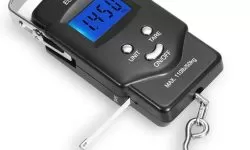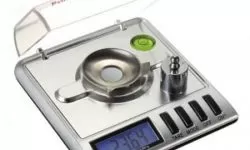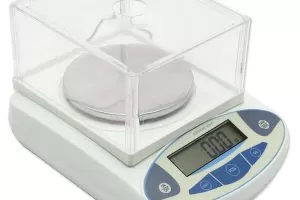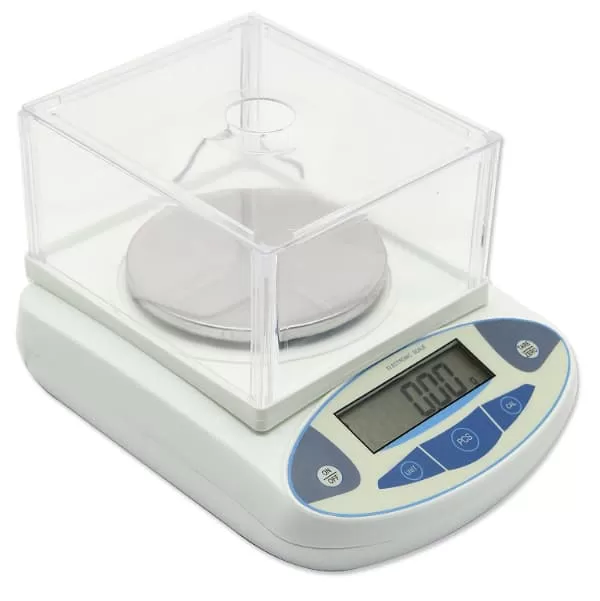Considerations When Buying an Electronic Laboratory Scale or Balance
We have summarized some considerations you can use when choosing an electronic laboratory scale, as well as the high performance features you should consider when analyzing your options. Our goal is to help make the selection process easier for you!
What is the Required Weight Capacity ?
The total load placed on the scale must be within the rated capacity of the device to produce an accurate weight. Don’t forget the weight of the buckets or containers, although many electronic scales support a separate weight from the nominal capacity. A good rule of thumb is to select a scale that allows you to weigh the heaviest samples in the middle of its range.
What Weighing Units are Required ?
Some specifications require a specific unit of measure, such as grams, pounds, ounces or grains. You should keep this in mind when selecting a scale, especially if you are looking at mechanical equipment. Modern electronic laboratory scale models often offer a wide range of user-selectable units.
What is the Minimum Readability ?
Some test methods specify a minimum readability for a scale. Readability is the smallest mass division that the scale will display. For example, a weight scale with 1 gram readability shows weights in whole grams, not decimals or fractions. The digital weight scale should at least be able to meet the minimum requirement, however, keep in mind that increasing the readability too much can add unnecessary expense to the scale you choose.
Definition and Use of Laboratory Scale: Antique, Mechanical, For Physics and Chemistry
Are you Looking for a Mechanical or Digital Scale ?
Today’s digital scales are remarkably robust and resistant to dust, moisture, shock and other environmental conditions, but it is important to consider how and where you will use the electronic scale. If accuracy is not critical, you may want to consider a mechanical scale. On the other hand, if you need very specific measurements, a digital precision electronic scale may be the right choice for you, as you will get more accurate readings. A digital scale also gives you more options for weighing units, handling data, and storing options.
What Size Tray or Weighing Platform is Needed as Part of a Laboratory Scale ?
The objects or containers to be weighed must be fully compatible with the weighing tray or platform. If samples are hung or extend beyond the platform, this could result in unstable readings or inaccurate results. It is important to select a model that represents larger objects if necessary.
Special Features on the Scale or Electronic Scale
When considering which features are most important to you, it will be helpful to think about your application, as well as your power and portability needs. This will help you narrow down the models with features for your purposes. We have described some features to consider:
Calibration of the Digital Scale
Regular calibration ensures that the accuracy of the electronic balance is maintained over time. If you need to track calibration, it will be beneficial to have this feature, without the additional expense and inconvenience of separate calibration.
Internal calibration is a feature of newer scales that uses an internal mechanism or circuit to load the scale with a prescribed weight to verify and adjust the calibration. Calibration checks and adjustments can be recorded in your quality control documentation.
Weighing Capacity Below the Scale
Occasionally, you may need to weigh a sample in suspension under the scale. This is particularly common when determining the density and specificity of samples. By using a scale with an underweight weighing hook, you can easily determine the density in water or weight samples.
Electronic Scale Overload Protection
Severe overloading of a scale can permanently damage the load cell or weighing mechanism. You may want to protect your weighing system from damage due to overloading. Electronic weight scales with this feature provide an electronic limitation. If the limitation is exceeded, the scale will display an error message. Your electronic scale must have overload protection to protect the weighing circuits.
Digital Laboratory Scale Elementary Protection
If you need to use a scale in difficult conditions where there is water and dirt, it is important to consider models with dust and moisture protection. This allows for a longer life span and some models even have wash down capability and can be rinsed with a hose.
Portability of the Digital Laboratory Scale
You may need to use your scale outside the laboratory. Take it almost anywhere with the rechargeable or replaceable battery. Rugged carrying cases are often available or included with certain models.
Related Products in ALPHAPEDIA

💚 TRUCK SCALE: Definition, Price and Types

COUNTING SCALES WITH LABEL PRINTER

CAMRY SCALE: Prices and Reviews on Amazon

BALANCE or ELECTRONIC HANGE SCALE

PRECISION BALANCE: Definition, Use and Types

PLATFORM SCALE: Brands, Types and Prices
About Laboratory Instruments in ALPHAPEDIA

SCHOOL SCALPEL

SCALPEL MEANING

WATCH GLASS PRICE

DISTILLATION EQUIPMENT BALL: Definition, Use and Price

PROPIPETTE PRICE: Prices, Reviews and Offers

LABORATORY EQUIPMENT: Names and Functions
Other Products of Interest in ALPHAPEDIA

WATER SANDPAPER: Types and Numbers or Measures

MAKITA SANDER: Great Price on Qualified Products

WOOD VARNISH: Colors, Price, In Spray

💚 WALL LAMPS INDOOR: Great Price on Qualified Products

DRILL BIT: Types, Brands, Prices and Offers

ORBITAL BLACK AND DECKER SANDER: Great Price on Qualified Products
Image of Laboratory Balance or Scale



